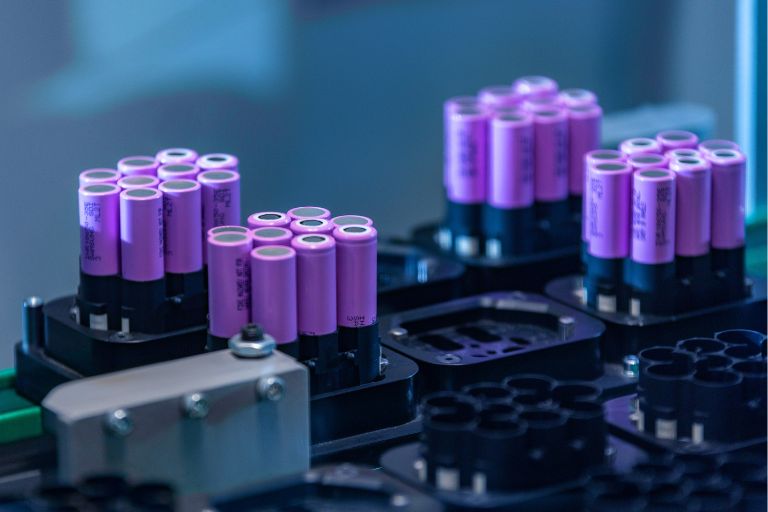Even with cell batch management and cell sorting processes in place, there will always be some minor differences between cells after manufacture. Over time, these differences can become exacerbated, especially as not all cells in a battery will be subjected to the same temperature conditions.
Why is cell balancing important?
This means that it’s very important to have cell balancing functionality implemented in a battery’s BMS. This uses the same wires as SCM (single cell monitoring) and is used at the last phase of charging.
What does the process look like?
With cell balancing, the charging of the battery stops when the voltage of just one cell exceeds 4.2V. Passive cell balancing then discharges the affected cell using a small resistor, and charging then resumes. This process repeats until all cells are balanced to a given mV threshold (balancing to +/- 1mV is not practical).
By using this process, the service life and available capacity are prolonged. But there is a downside, as the time taken to charge is longer, plus there is a small amount of energy loss, due to the heat generated by the resistors being used.
The problem of energy loss can be resolved by using active balancing. This works similarly, but instead of discharging cells, the cells with the lowest voltage are charged individually, or energy is transferred from cells with the highest SoC to those with the lowest.
The process of active balancing is a far more efficient process but requires much more complex circuitry, meaning it is only suitable in specific situations where every bit of energy is important.
In conclusion, passive balancing is suitable in most cases. But the important thing is to have any type of cell balancing feature if you want the battery to be used for many years.
Low quality batteries might not have cell balancing, but at JMBS, we offer cell balancing as standard. We’ll be able to advise when cell balancing is beneficial and determine the optimal settings for the best results for your application.
